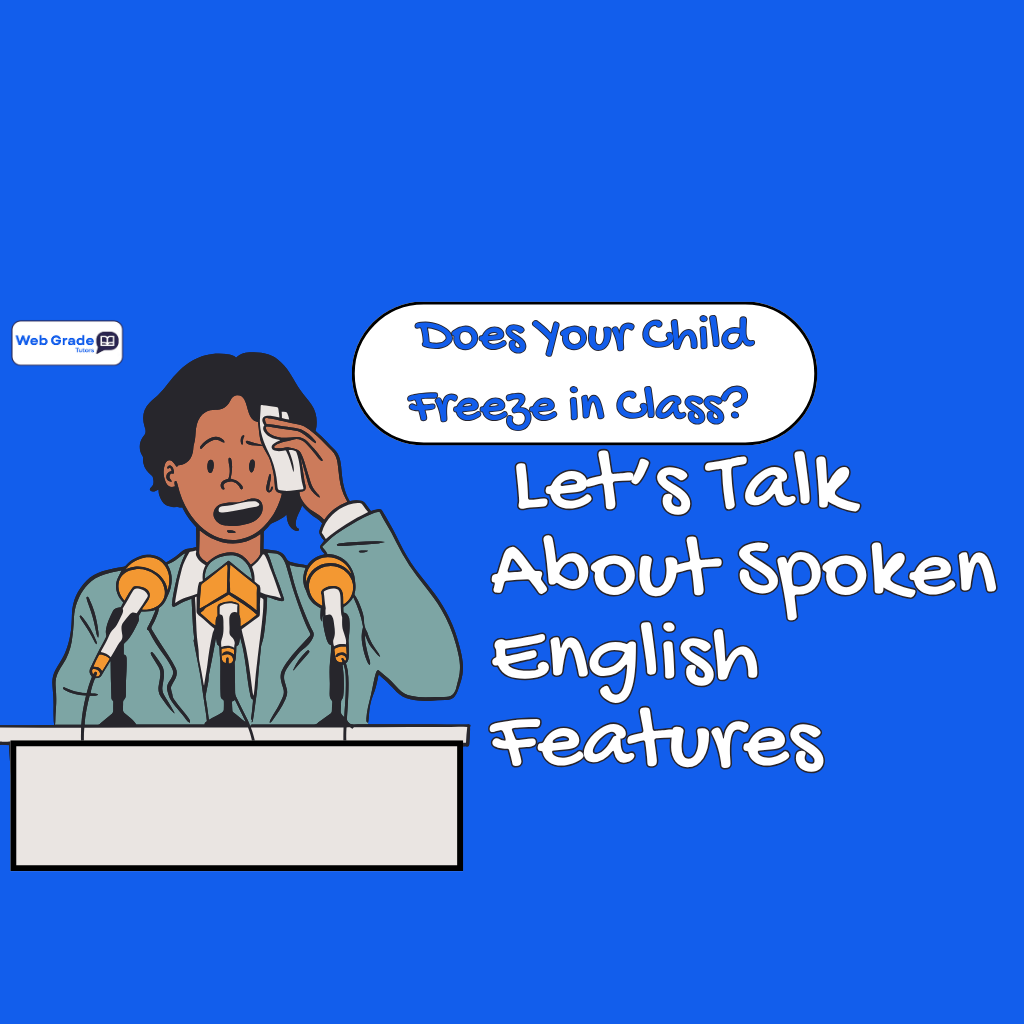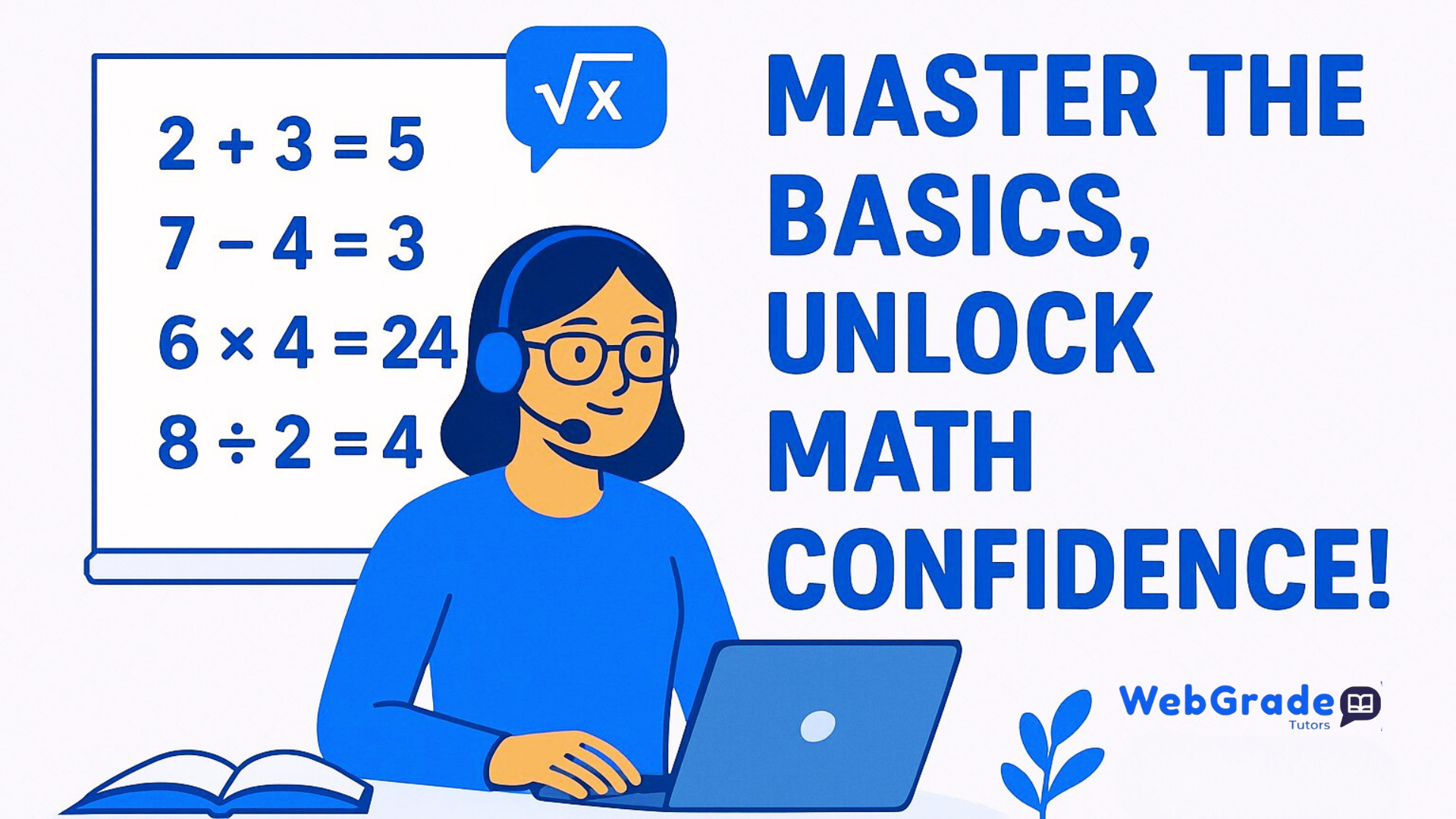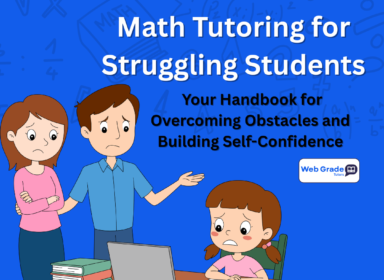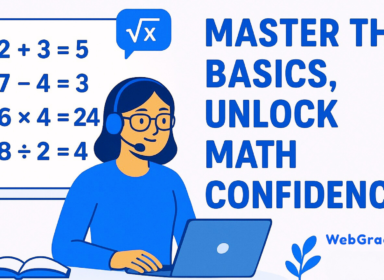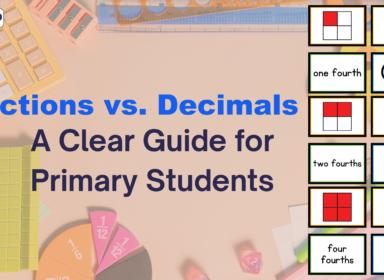Advantages of Personalized English Tutoring Australia
Personalized English tutoring Australia tackles challenges like exam prep and writing skills while easing pains such as low confidence and tutor quality worries. Our plans fit Australian curriculum English, strengthening literary analysis for modules. Parents gain relief from affordable lessons and checked tutors, lessening guilt over homework help. Tutoring combats avoidance, reducing inequality feelings. Enjoy customizable scheduling that supports families, progressing in essay writing, creative responses, and more.
Text Analysis and Literature
Explore themes, characters, textual conversations, critical study, and human experiences to close gaps and improve Australian curriculum comprehension.
Writing and Composition
Master persuasive essays, creative writing, craft of writing, and analytical responses to overcome frustration and enhance exam performance.
Certified & Experienced Tutors
Our tutors are qualified, vetted for safety, and expert in tailoring sessions to your child's English curriculum and style.
Proven Academic Success
Attain higher ATAR scores and less avoidance, with plans that restore interest and celebrate English achievements.

